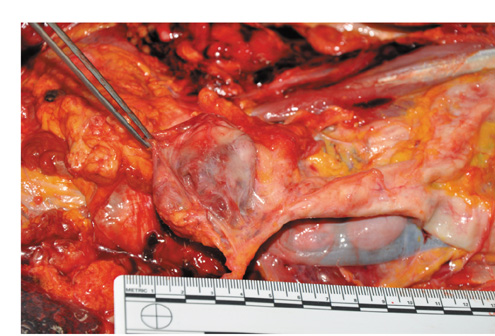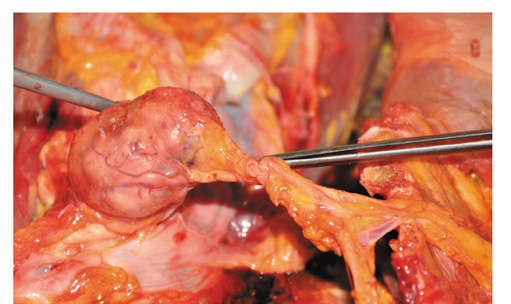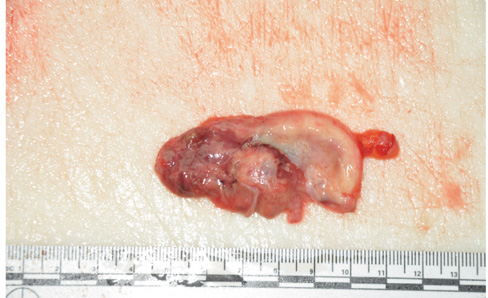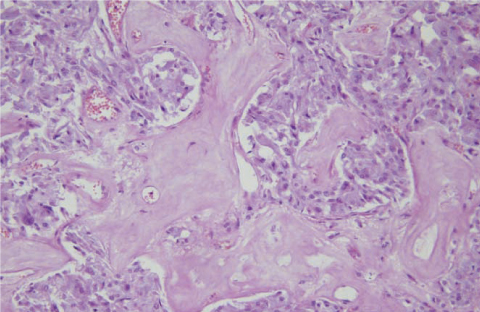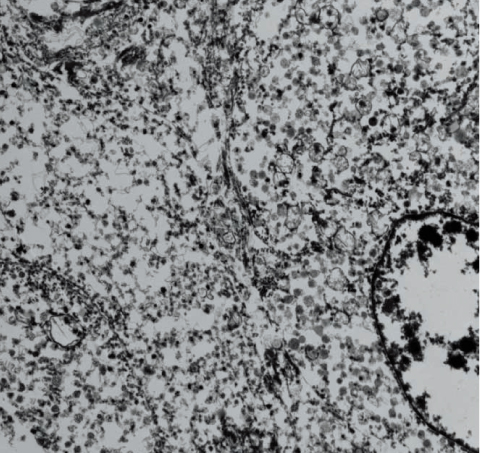Korean J Leg Med.
2012 Nov;36(2):190-193. 10.7580/KoreanJLegMed.2012.36.2.190.
Sudden Death from an Non-diagnosed Paraganglioma after Surgery: A Case Report
- Affiliations
-
- 1Division of Forensic Medicine, National Forensic Service, Seoul, Korea. ecc88@korea.kr
- KMID: 2305481
- DOI: http://doi.org/10.7580/KoreanJLegMed.2012.36.2.190
Abstract
- Extra-adrenal paragangliomas and pheochromocytomas are rare but clinically important tumors, which produce, store, release, and metabolize catecholamines resulting in unexpected life-threatening effects. It is neither easy nor difficult to clinically diagnose these tumors despite the availability modern clinical methods because signs and symptoms such as recurrent episodes of paroxysmal hypertension and headache are nonspecific. Only a few cases of unexpected death in which the deceased had a non-diagnosed paraganglioma or pheochromocytoma have been reported. Death in these cases is usually sudden and occurs during emergency room care or during a major or minor abdominal operation, without prodromal symptoms. Death is considered to occur because of paroxysmal hypertension, cerebrovascular attacks, abrupt hemorrhage into the tumor parenchyma, or acute left ventricular failure. We report the case of a 73-year-old man who died 12 hours after undergoing decompression surgery for spinal stenosis. A medico-legal autopsy revealed that death in this case resulted from an undiagnosed paraganglioma around the abdominal aorta.
MeSH Terms
Figure
Reference
-
1. Preuss J, Woenckhaus C, Schwesinger G, Madea B. Non-diagnosed pheochromocytoma as a cause of sudden death in a 49-year-old man: a case report with medico-legal implications. Forensic Sci Int. 2006. 156:223–228.2. D'Errico S, Pomara C, Riezzo I, Neri M, Turillazzi E, Fineschi V. Cardiac failure due to epinephrine-secreting pheochromocytoma: clinical, laboratory and pathological findings in a sudden death. Forensic Sci Int. 2009. 187:e13–e17.3. Verzeletti A, Amariti ML. Sudden death from an asymptomatic phaeochromocytoma: a case report. J Forensic Leg Med. 2011. 18:180–181.4. Vallance WB. Sudden death from an asymptomatic phaeochromocytoma. Br Med J. 1957. 1:686–687.5. Hutchins KD, Dickson D, Hameed M, Natarajan GA. Sudden death in a child due to an intrathoracic paraganglioma. Am J Forensic Med Pathol. 1999. 20:338–342.6. Primhak RA, Spicer RD, Variend S. Sudden death after minor abdominal trauma: an unusual presentation of phaeochromocytoma. Br Med J (Clin Res Ed). 1986. 292:95–96.7. Sperry K, Smialek JE. Sudden death due to a paraganglioma of the organs of Zuckerkandl. Am J Forensic Med Pathol. 1986. 7:23–29.8. Cardesi E, Cera G, Cassia A. Pheochromocytoma and sudden death: a case of hyperacute myocardial ischemia. Pathologica. 1994. 86:670–672.9. Bravo EL. Pheochromocytoma. Cardiol Rev. 2002. 10:44–50.10. Luo A, Guo X, Ren H, Huang Y, Ye T. Clinical features and anesthetic management of multiple endocrine neoplasia associated with pheochromocytoma. Chin Med J. 2003. 116:208–211.
- Full Text Links
- Actions
-
Cited
- CITED
-
- Close
- Share
- Similar articles
-
- A Case of Extra-adrenal Paraganglioma of the Retroperitoneum
- Paraganglioma of the Cauda Equina: Case Report
- Sudden Death due to Undiagnosed Intracranial Meningioma: A Case Report
- Endoscopic Resection of Functional Paraganglioma of the Pterygopalatine Fossa: A Case Report
- Fine Needle Aspiration Cytology of Retroperitoneal Paraganglioma with an Unusual Pattern: A Case Report

